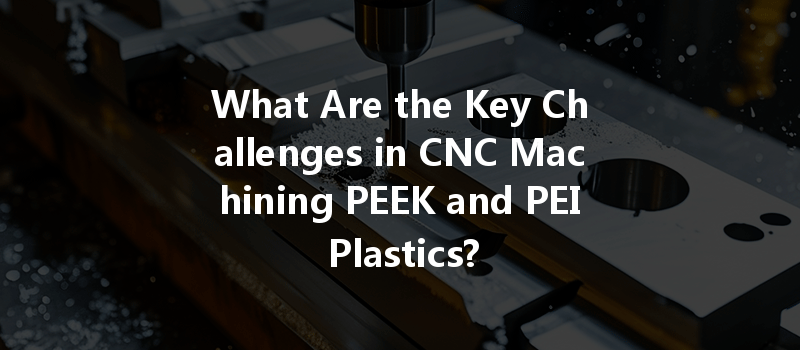Did you know that PEEK (Polyether Ether Ketone) and PEI (Polyether Imide) plastics are some of the most popular materials for high-performance engineering applications? These thermoplastics possess exceptional properties, including high thermal stability, chemical resistance, and mechanical strength, making them invaluable in industries such as aerospace, automotive, and medical devices. However, CNC machining these advanced materials presents unique challenges that can impact precision, efficiency, and cost. In this comprehensive guide, we will delve into the intricacies of CNC machining PEEK and PEI plastics, elucidating key hurdles and proposing effective solutions to optimize the machining process.
Understanding PEEK and PEI Plastics
Properties of PEEK and PEI Plastics
Before we tackle the challenges of CNC machining, let’s understand why PEEK and PEI plastics are utilized in demanding engineering contexts.
These properties make PEEK and PEI essential for precision components, but they also introduce several challenges during CNC machining.
Key Challenges in CNC Machining PEEK and PEI Plastics
Challenge: Both PEEK and PEI are hard materials, resulting in increased tool wear and potential breakage of cutting tools.
Solution:
Challenge: The machining of PEEK and PEI can create excess heat that may lead to thermal deformation or melting of the materials.
Solution:
Challenge: Machining these plastics often generates coarse, stringy chips that can interfere with precision and harm finishes.
Solution:

Challenge: The tough nature of PEEK and PEI results in accelerated tool wear, necessitating frequent tool changes that can lead to increased production time and costs.
Solution:
Challenge: Achieving precise tolerances is critical in CNC machining of PEEK and PEI, but variations caused by the material’s mechanical properties often lead to nonconformance.
Solution:
Advanced Machining Techniques for PEEK and PEI Plastics
To further optimize CNC machining processes for PEEK and PEI, businesses are employing advanced machining techniques:
Waterjet machining uses a high-pressure stream of water mixed with abrasive particles to cut materials. This process generates minimal heat, ensuring material integrity while achieving smooth finishes.
Laser technology provides a precise and efficient means of cutting PEEK and PEI plastic parts.
Additive Manufacturing (3D printing) with PEEK and PEI serves as an alternative or supplement to traditional CNC machining.
In summary, CNC machining of PEEK and PEI plastics encompasses unique challenges that require thoughtful approaches and techniques. The hardness of these materials, heat generation during machining, chip control, tool wear, and achieving tight tolerances are vital considerations for manufacturers. By employing the right tools, utilizing advanced cooling methods, implementing proper monitoring systems, and understanding advanced machining techniques, businesses can mitigate these challenges and optimize their processes.
As we navigate the complexities of modern manufacturing, understanding the nuances of CNC machining for advanced materials like PEEK and PEI is essential for those wanting to maintain an edge. It’s not just about making parts; it’s about producing high-quality, reliable components that drive innovation across various industries.
The takeaway? With careful planning and implementation of robust CNC machining strategies, you can overcome the challenges of working with PEEK and PEI, ensuring that your projects are successful while pushing the boundaries of what is possible in high-performance engineering.






